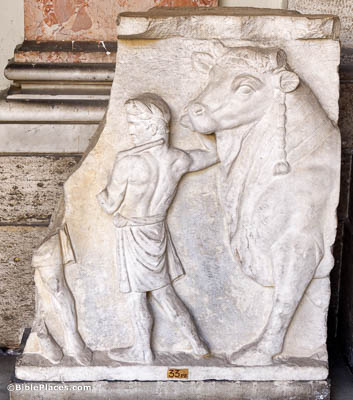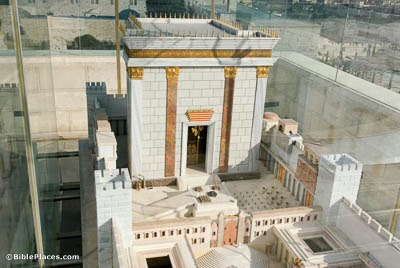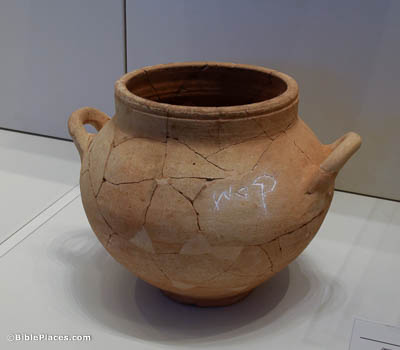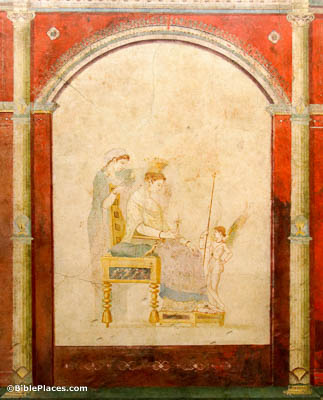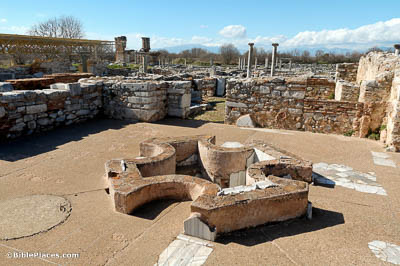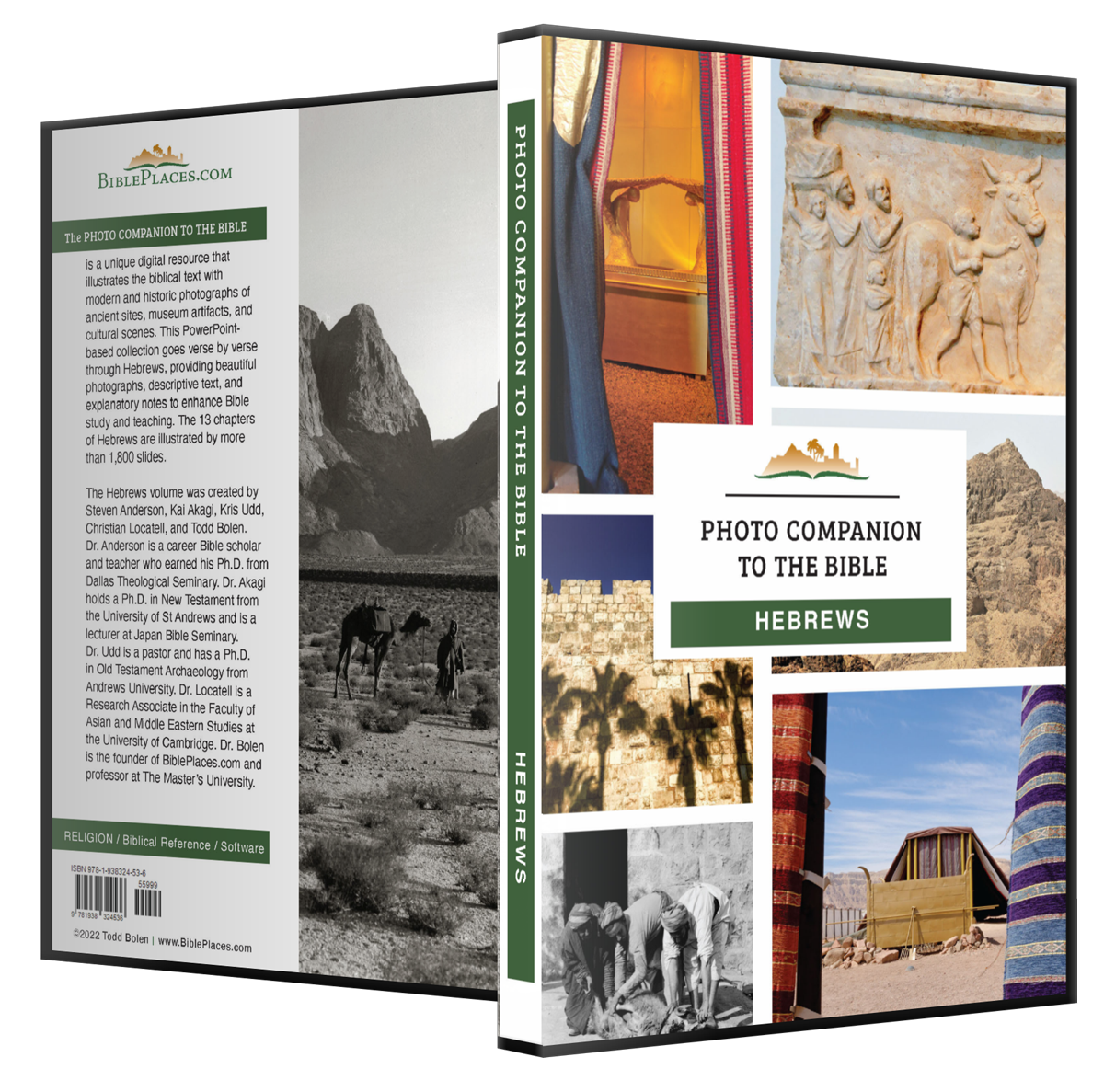For it is impossible for the blood of bulls and goats to take away sins (Hebrews 10:4).
Under the Mosaic law, sacrifice was required regularly to deal with sin. The people of Rome also sacrificed often in order to appease their gods. The author of Hebrews argues that peace with God does not come through animal sacrifices but through the ultimate sacrifice of Jesus. This Roman relief depicts a man leading a bull, probably to sacrifice at a pagan temple. It was photographed at the Vatican Museums.
